Web3 is the next evolution of the internet. Unlike the current version (Web2), which is controlled by centralised companies like Google or Meta, Web3 is built on blockchains. This means it’s decentralised, owned and operated by the users, not just big corporations.
Smart contracts are the core of Web3. These are self-executing programs that live on the blockchain. They automatically perform tasks such as sending payments, minting NFTs, or moving tokens according to the rules written into their code.
But there’s a catch.
Smart contracts can’t access real-world data on their own. That’s where oracles come in.
What Exactly Are Oracles?
Think of oracles as translators or messengers between the blockchain and the outside world.
Smart contracts can’t browse the internet, check the weather, or look up stock prices. They’re isolated by design for security. Oracles are services that feed real-world information to these smart contracts, allowing them to respond to things happening outside the blockchain.
Real-Life Analogy:
Imagine a vending machine (smart contract) that gives you a soda if it’s sunny. The vending machine has no window, so it needs someone (the oracle) to tell it, “Yes, it’s sunny.” Only then does it give you the soda.
Why Web3 Absolutely Needs Oracles
Without oracles, blockchains would be like brains in jars, powerful but completely cut off from the world around them. Web3 apps wouldn’t know:
- What the current price of Bitcoin is
- If a football team won a match
- Whether a package got delivered
- What is the temperature in Lagos or New York
This data is crucial for things like:
- DeFi platforms (to know token prices)
- Insurance smart contracts (to verify if an event happened)
- Prediction markets (to settle bets based on real-world outcomes)
- Supply chain tracking (to confirm delivery and conditions)
In short, without oracles, smart contracts would be severely limited.
Are All Oracles the Same?
Not quite. There are different types of oracles based on what they do:
- Inbound Oracles: Bring external data into the blockchain
- Outbound Oracles: Send blockchain data out to external systems
- Software Oracles: Pull information from websites or APIs
- Hardware Oracles: Get data from sensors, like GPS or temperature devices
- Consensus Oracles: Use multiple sources to confirm data is accurate (more trustworthy)
Related article: How Seized Assets Could Fund National Crypto Projects
Popular oracle networks, such as Chainlink, Band Protocol, and API3, are utilised across hundreds of Web3 projects to ensure data is secure, reliable, and tamper-proof.
Final Thoughts
Oracles might sound technical, but their role is pretty simple: they connect smart contracts to the real world. Without them, Web3 apps would be stuck in their own bubble.
As Web3 grows, so will the need for better, faster, and more secure oracle systems. They’re not just an optional add-on; they’re a foundational part of how the decentralised web works.
The post Why Web3 Needs Oracles: Breaking It Down in Plain English appeared first on FXcrypto News.











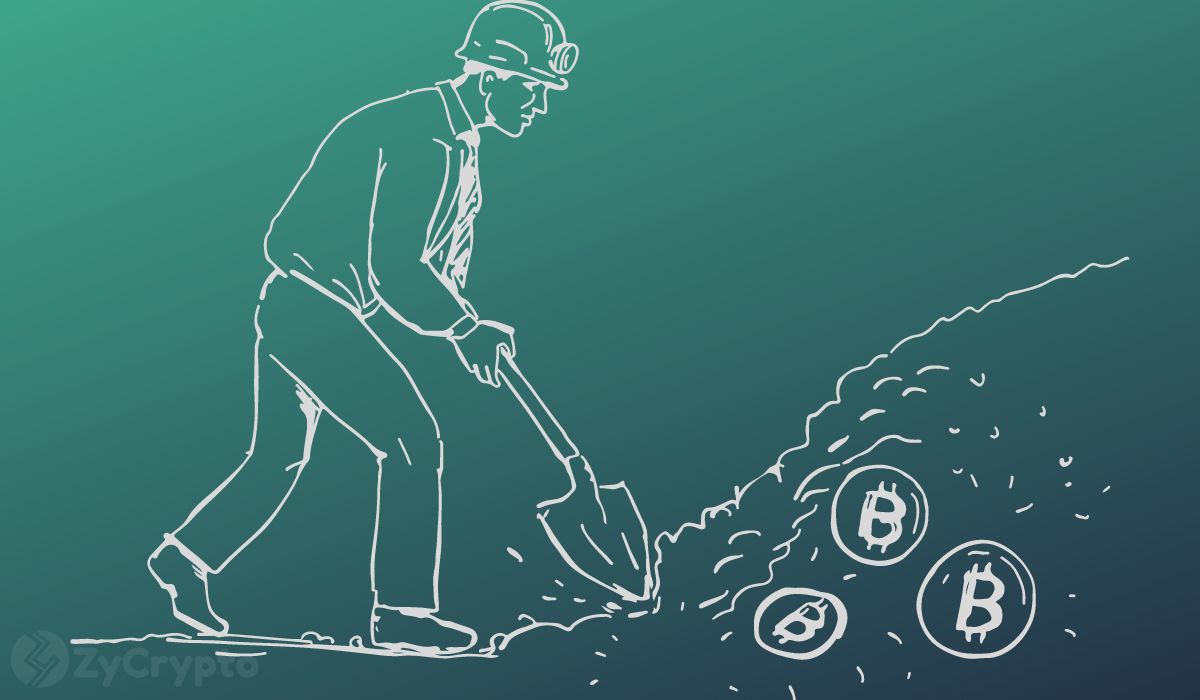


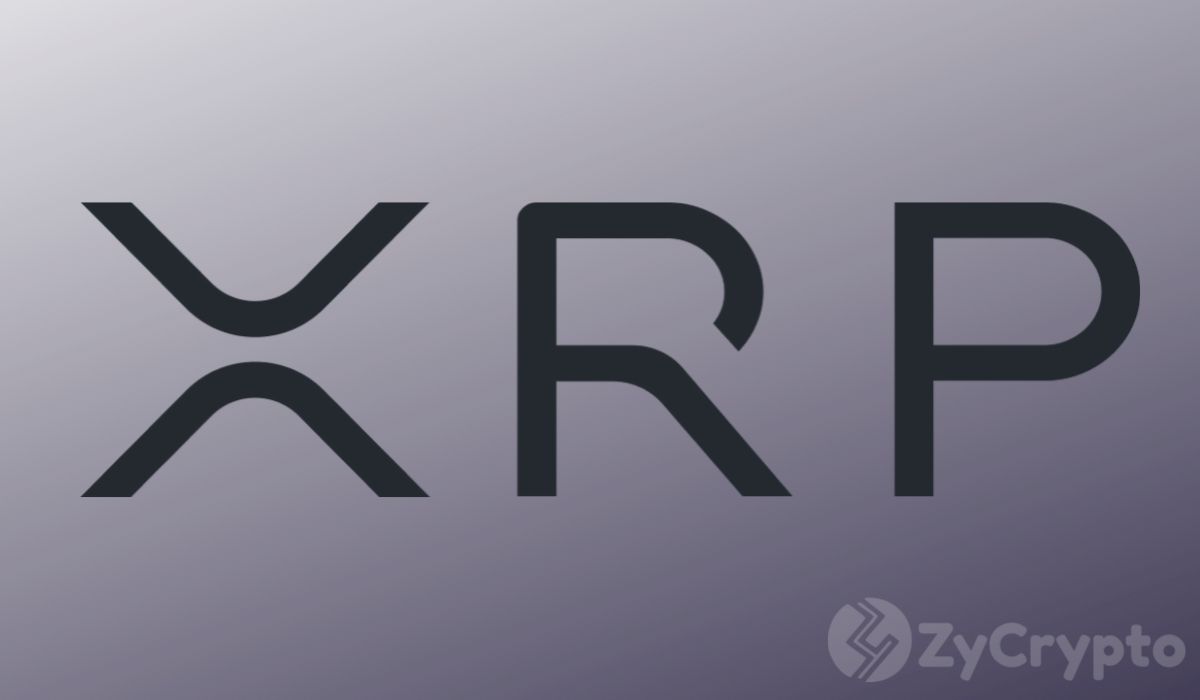

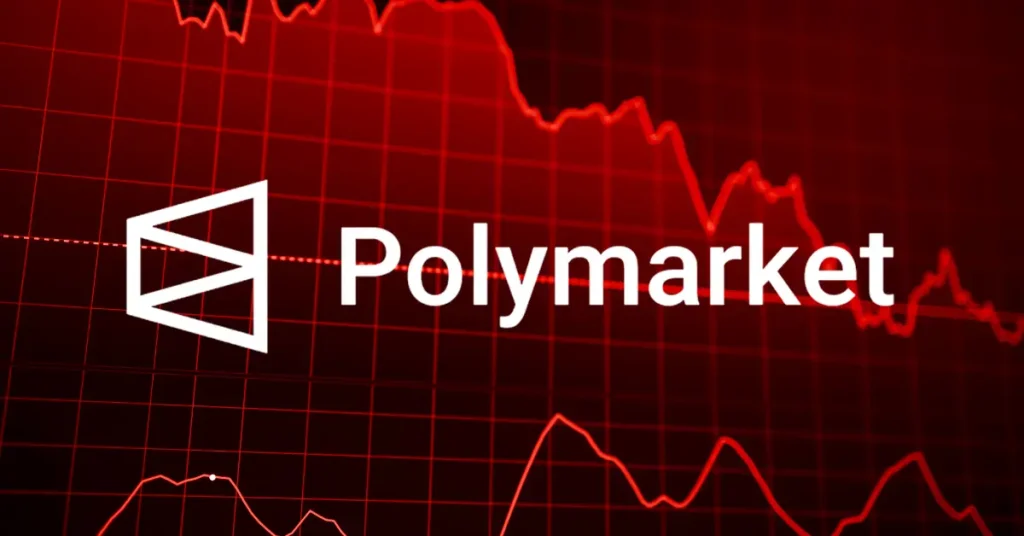


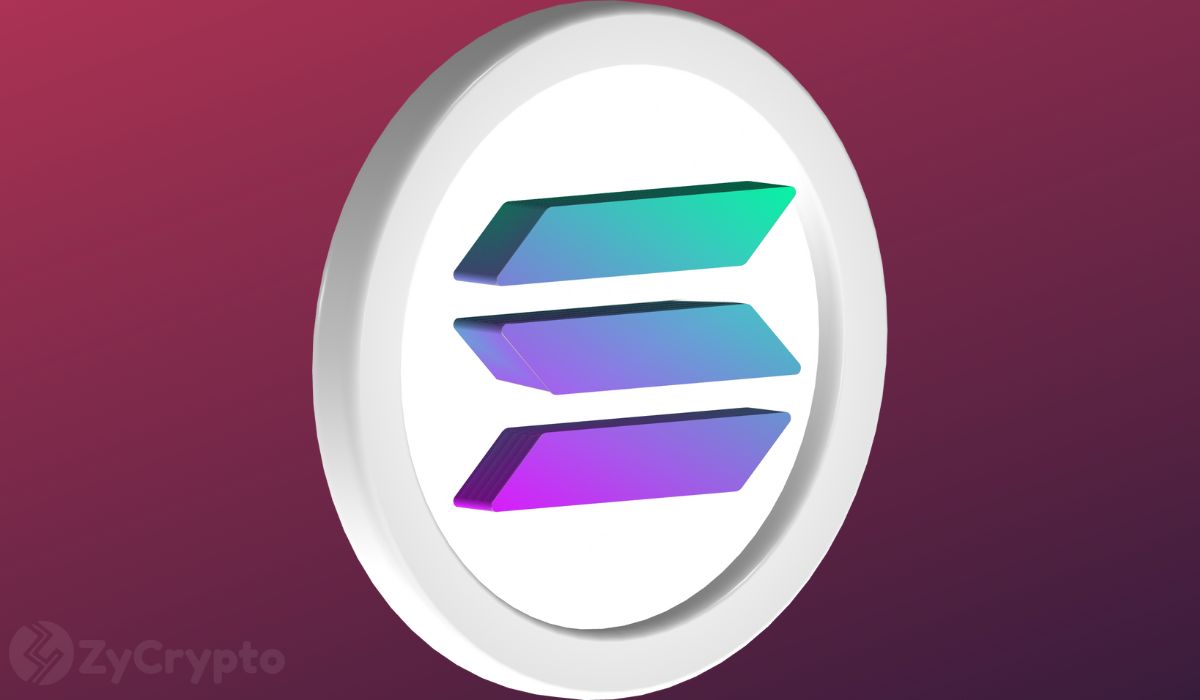

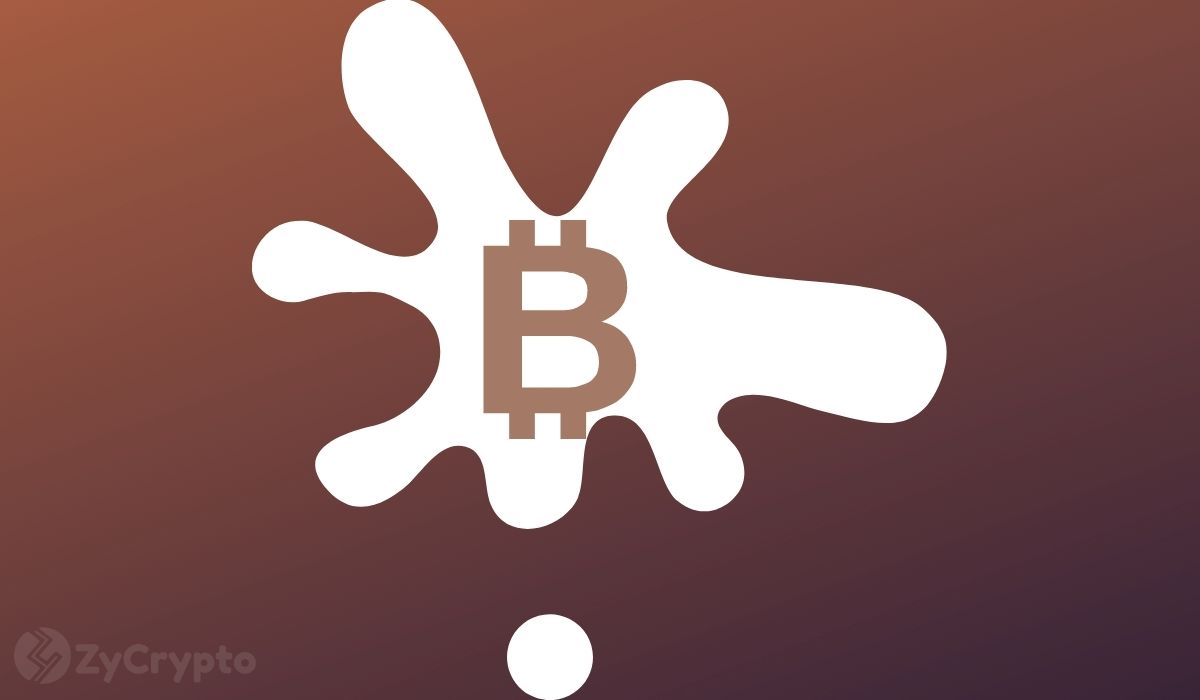


 24h Most Popular
24h Most Popular







 Utilities
Utilities